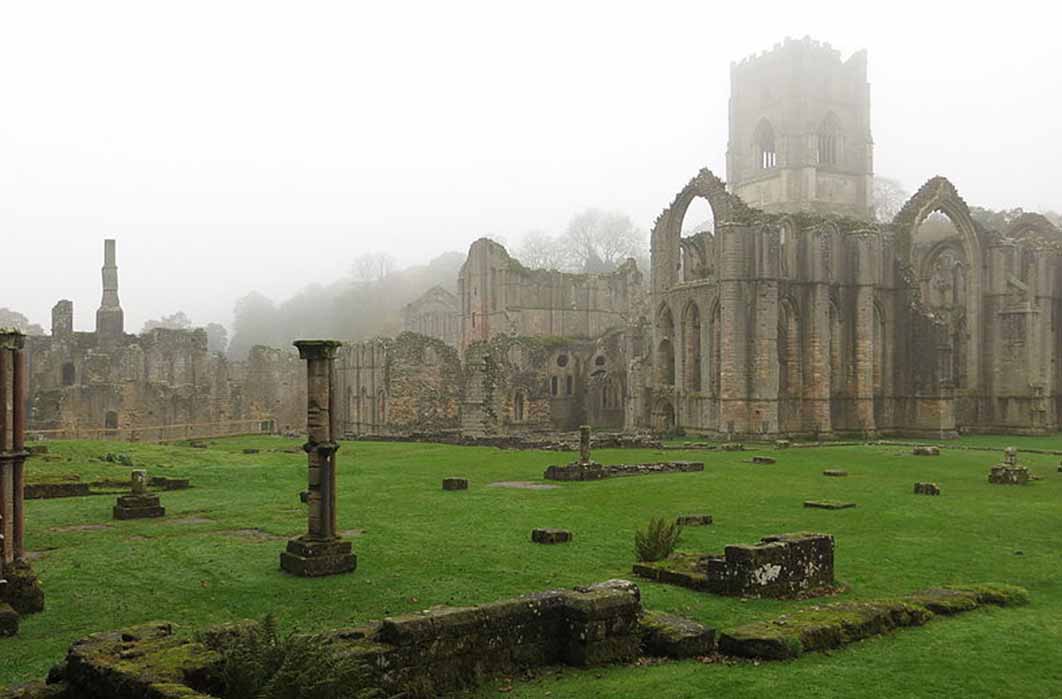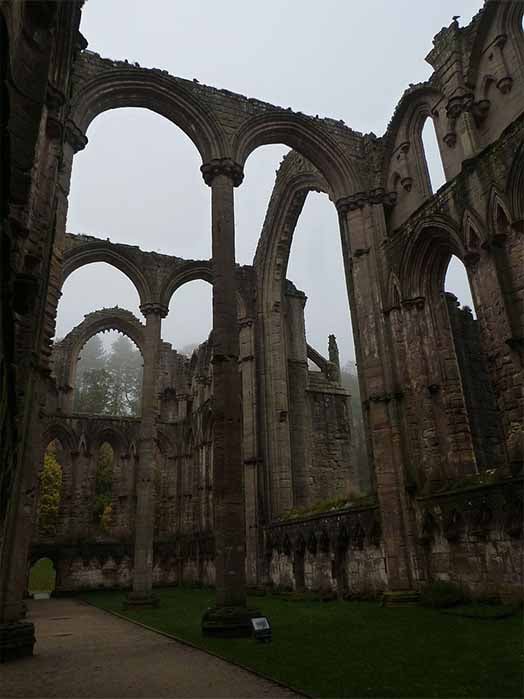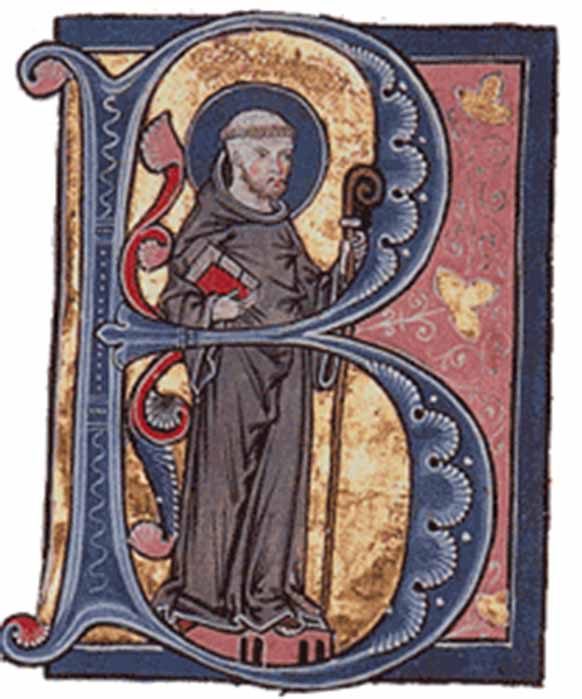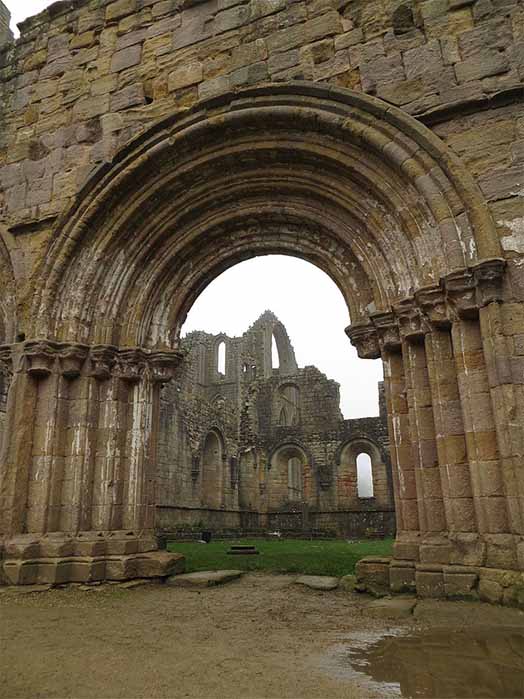
Fountains Abbey: Ruins And Reminiscences Of Monastic Life In England
The imposing ruins of Fountains Abbey dominate the rural landscape around the village of Aldfield, three miles (4.8 kilometers) west of the town of Ripon in North Yorkshire, England. The largest remains of a monastery still standing in the country, conjure tales when monastic life enjoyed an authoritative role in the social, political, economic and even industrial culture of England during the transition of the late medieval to early Renaissance period.

Remains of the east end of the Fountains Abbey church (DrMoschi /CC BY-SA 4.0)
Fountains Abbey was founded in 1132 by 13 Benedictine monks, including St Robert of Newminster, who came from St. Mary’s in York. Legend says that these monks had become dissatisfied by the extravagance of their life at York and wished to devote themselves more fully to God and live a simpler life. To this end Archbishop Thurstan granted them land in the valley of Skeldale adjacent to the river Skell. This valley was ideal for their purpose, providing easy access to running water, grassland conducive to animal husbandry and woodlands to obtain timber and fuel. In addition to the river the site had six natural springs, thus it being called Fountains Abbey. In keeping with their desire to live a harsher, less worldly life, the monks applied to become members of the Cistercian order. The Cistercian order had been growing in popularity and at the time had over 500 established houses, although Fountains would become only the second in the north of England.

St Bernard of Clairvaux, shown here in a 13th-century illuminated manuscript (Public Domain)
St Bernard of Clairvaux was delighted to receive their letter and sent a monk, Geoffrey of Ainai, from Clairvaux to guide and assist them. Under his guidance the monks learnt how to construct a timber framed building. Despite this it was not an auspicious beginning, as famine ravaged the land and the monks barely survived, according to tradition, by being forced to eat boiled Elm leaves to sustain themselves. They asked that they might be given permission to reside at Clairvaux instead and this request was granted by St Bernard. However, before they could depart Dean Hugh at York retired to Fountains bringing with him wealth and a valuable collection of scriptural works and as a result the monks decided that they would stay after all. The Abbey charter was granted at some point after Hugh’s arrival as the Dean of York, witnessed by a monk named William.
Expansion of the Abbey
Slowly but surely the number of monks at Fountains Abbey increased as did its status in the north of England and the monks there began canvassing for the founding of other Cistercian orders such as that at Woburn and Newminster.

Cloister portal at Fountains Abbey (DrMoschi/CC BY-SA 4.0)





